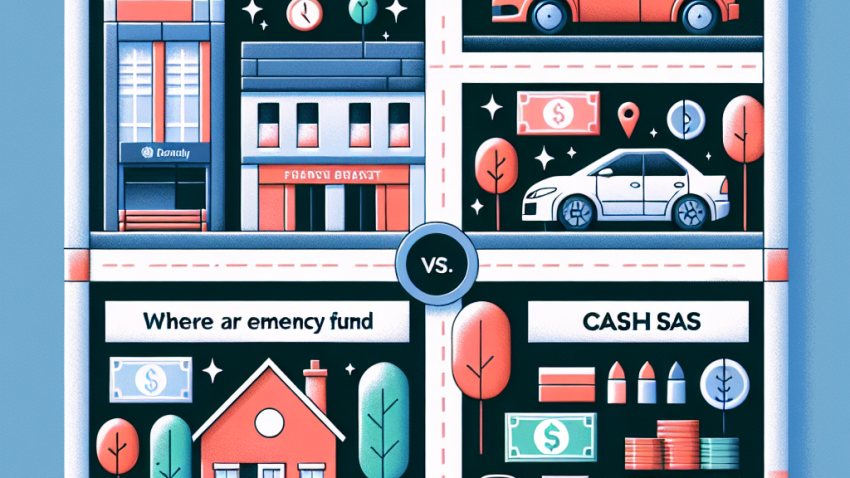
Premium Bonds vs. Cash ISAs: Where I Park My Emergency Fund
How to Invest Your First $1,000 and Actually Sleep at Night
So you’ve managed to save your first $1,000. Pop the bubbly (metaphorically, of course—we’re sticking to a budget here)! Now what? Do you just let it sit lonely in your checking account while inflation nibbles away at it like a hungry squirrel? Or do you finally take that leap into the magical world of investing?
Welcome to adulting on hard mode—investing edition. I’m Rachel Simmons, your go-to financial BFF for all things personal investing and financial freedom. I’m not here to speak Wall Street gibberish. I’m here to break it down in a way that makes sense, feels doable, and most importantly, doesn’t make your palms sweat at the thought of “bear markets.”
First, Let’s Talk Mindset: Why Investing $1,000 Is a Power Move
You might be thinking, “It’s just a grand. What’s that gonna do?” Let me tell you: everything. Investing your first $1,000 is less about the amount and more about the habit. It’s your first stake in your own future wealth. And trust me, that habit grows stronger (and more lucrative) over time.
Think of this as planting your very first money tree. Is it going to sprout hundred-dollar bills overnight? Nope. But give it time, nurture it, water it with patience and smart decisions, and yes—shade-grown Benjamins will follow.
Before You Touch an App: Build Your Safety Net
Hold up, future Warren Buffett. Before you invest a nickel, let’s make sure the basics are covered. You should:
- Have an emergency fund: Aim for at least $1,000 in a separate savings account for unexpected costs. Don’t invest the money you’ll need next month for rent.
- Be debt-aware: Got high-interest credit card debt? Tackle that first. The 18-22% interest on that plastic monster will cancel out any investing gains.
Once that financial safety harness is strapped on—it’s time to invest.
Where to Invest Your First $1,000: A Step-by-Step Guide
1. Open a Brokerage Account (Yes, It’s Easier Than Ordering Takeout)
You can’t invest without the right tools. A brokerage account is your gateway drug to wealth (the legal, responsible kind). Choose a low-cost platform like:
- Fidelity
- Charles Schwab
- Vanguard
- Robinhood (approach with caution—it’s great for beginners but can overhype risky moves)
Open the account online in less than 10 minutes. Most don’t have minimum requirements and offer fractional shares (so your $1,000 can buy a slice of Amazon instead of wishing you could afford one full share).
2. Decide Your Risk Tolerance (No Shame in Playing It Safe)
This part is all about you. Ask yourself:
- Will I freak out if my $1,000 becomes $850 during a market dip?
- How soon will I need this money?
- Am I investing to learn or to grow wealth aggressively?
Based on your answer, you’ll lean toward a safer or more adventurous investing strategy. Remember, investing is *not* gambling. It’s sexy strategy, not red-or-black roulette.
3. Rachel’s 3 Investment Starter Packs
Now comes the fun part: where does your money actually go? Here are three road-tested options depending on your comfort level:
- The Sleep-Well Portfolio – Total Market Index Funds
Want do-it-for-you simplicity? Invest your $1,000 into a total market index ETF like VTI (Vanguard Total Stock Market ETF). It gives you instant exposure to over 4,000 U.S. companies. Set it and forget it.Why I love it: Low fees, low stress, and solid long-term returns.
- The Beginner’s Builder – 80/20 Stock-Bond Split
Put 80% into a stock index fund (like VTI) and 20% into a U.S. bond fund (like BND). This smooths out the crazy market swings while growing your cash over time.Bonus tip: Reinvest your dividends. Don’t take them as cash. Let them compound like little magic snowballs.
- The Learn-by-Doing Portfolio – Fractional Individual Stocks
Want to understand investing while keeping it exciting? Use $800 in a safe ETF and try $200 in blue-chip stocks like Apple, Google, or Microsoft (you can buy fractions!). Just promise me: no meme stocks, okay?
Set It, Forget It… but Also Check In
Don’t refresh your portfolio daily. That’s the highway to a stress-induced gray hair. But do check in once a month to see how your investments are performing and consider rebalancing yearly or if your goals change.
Pro tip: Automate your investments moving forward. Even $25/month into your brokerage account adds up faster than you think. Consistency beats perfection every single time.
Common Mistakes to Dodge Like a Boss
I’ve coached dozens of people through their first investments, and I see some missteps more than I’d like. Let’s keep you out of that club:
- Chasing FOMO tips: Just because a Reddit thread says Dogecoin is going to the moon doesn’t mean your savings should come along for the ride.
- Ignoring fees: Watch out for brokerages or funds with high maintenance or management fees. They nibble away quietly but viciously over time.
- Timing the market: Don’t wait for the “right time.” Time in the market always beats timing the market.
The Big Picture: This Is Just the Beginning
Investing your first $1,000 isn’t about doubling your money overnight. It’s about building a relationship with your future self. That version of you—maybe ten years older, maybe sipping coffee in a paid-off house, maybe working by choice, not necessity—they’ll look back at this moment and thank you.
They’ll thank you for being bold, for starting small, and for doing something most people talk themselves out of because they think it’s too complicated or too risky. Investing doesn’t have to be either of those things. With the right plan, the right mindset, and a few good coffee-fueled decisions—you’ve got this.
And remember: money is a tool, not a goal. The goal is freedom. And guess what? You just got one step closer.
Need Help or Have Questions?
We love hearing from readers and future investors just like you. If you want to learn more, check out our About Us page or Contact Us anytime. Your journey to financial independence is just getting started.


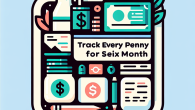


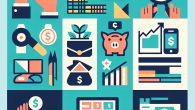
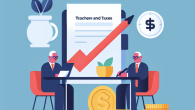

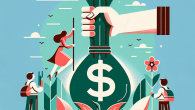
Leave a Reply